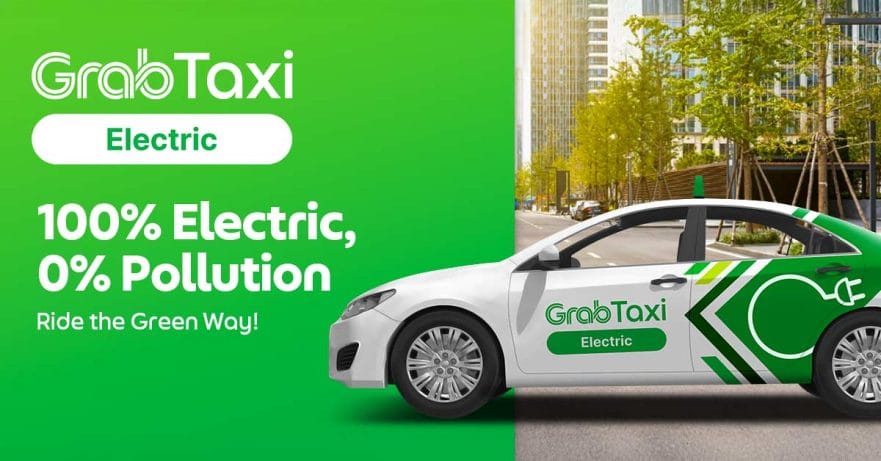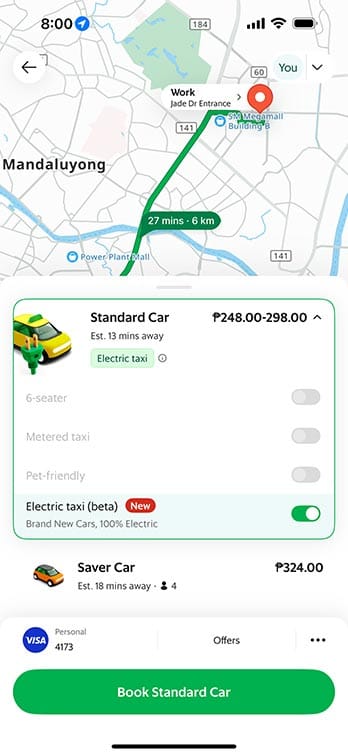Grab Philippines just made a pretty big move for sustainable transport, officially launching GrabTaxi Electric. It’s the country’s first fully electric, on-demand taxi fleet, recognized by the Land Transportation Franchising and Regulatory Board. Think of it as a deliberate step to not just clean up but also shake up how people get around in the Philippines.
These new electric cabs, a partnership with local operator EV Taxi Corp, are hitting the streets now in major Metro Manila areas like Makati, Taguig, Pasig, Mandaluyong, Parañaque, and Pasay.
We’ve talked about electric vehicles for public transport for years, but getting them widely adopted, especially in a market that runs almost entirely on gasoline and diesel, has been a slow burn. Grab’s trying to close that gap. This initiative builds on a successful study it did in June 2024 with BYD Philippines, which showed that EVs are not just good for the environment, but they also make sense financially for fleet operators and drivers. The big takeaway here? Going electric isn’t just an environmental ideal. It’s looking like a genuinely cost-effective and scalable way to move people around the city.
Grab Philippines country head Ronald Roda put it pretty directly: “This is about fundamentally changing the DNA of urban transport in the Philippines. Sustainability cannot be a distant ideal; it must be something you can book, ride, and feel today.” EV Taxi Corp president Frankie Ang echoed that, highlighting how crucial local and global players working together is for speeding up a cleaner future. “Our partnership with Grab proves that when multinational platforms and local innovators work together, we can fast-track a cleaner, more inclusive future for transport,” Ang said.
Naturally, commuter groups are pretty happy about this. Ira Panganiban from the Coalition of Filipino Commuters put it plainly: “Zero-emission transport is no longer a luxury — it’s a necessity. GrabTaxi Electric shows us that sustainability can be embedded in everyday systems.” Indeed, the infrastructure is slowly catching up. As of April 2025, there are over 900 publicly accessible EV charging stations nationwide, mostly concentrated in Metro Manila, with the Department of Energy aiming for 7,300 by 2028. That should help ease any worries about where to plug in.
For now, GrabTaxi Electric is in its beta phase. This means Grab is actively collecting feedback from both passengers and drivers. That input will directly shape how the service expands in the future, with plans already in motion for cities like Davao and Cagayan De Oro later this year. Beyond just the electric taxis, Grab’s broader eco-mobility plan includes features like in-app options for riders to contribute to environmental efforts and more collaboration with government and private companies to get the country’s EV ecosystem ready.
Cutting down on pollution is key, but there’s more to this story. This new initiative also aims to create new “green livelihoods” and simply make sustainable choices more accessible for everyday Filipinos. By pushing clean mobility into the mainstream and tackling the real-world challenges of running an EV fleet, Grab seems to be laying down a significant marker for the future of transportation in the Philippines.
Share this Post




